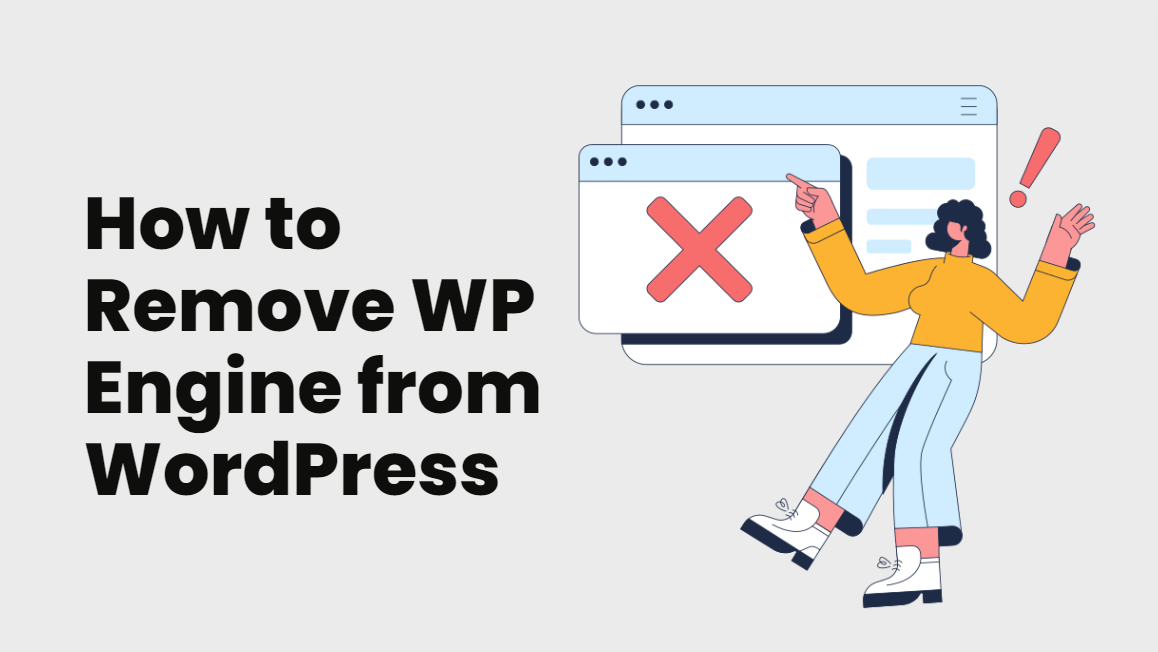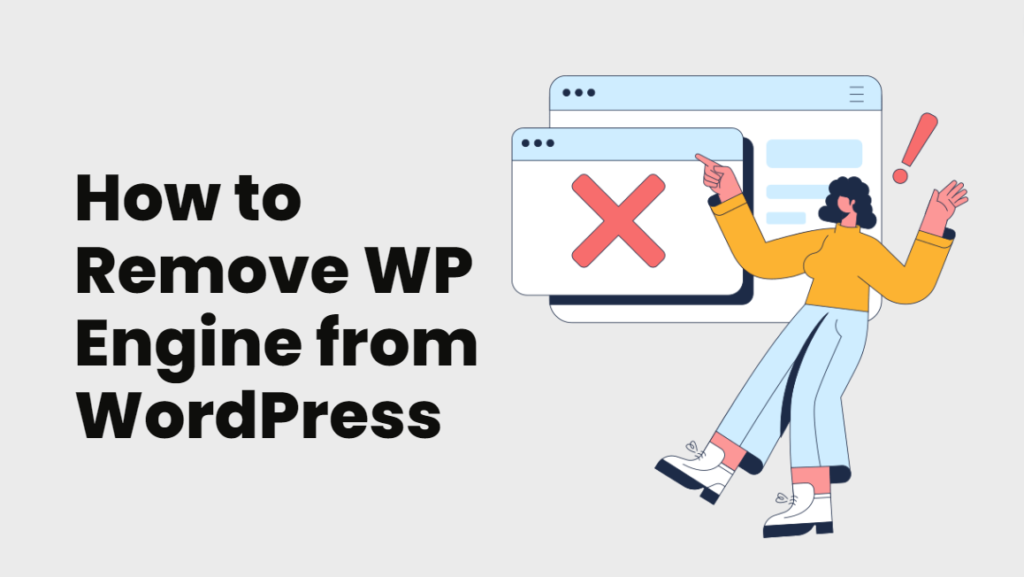Suppose you want to move your WordPress site from WP Engine to another hosting provider. In that case, you must follow a few steps to ensure a smooth transition. In this article, we’ll guide you through removing WP Engine from WordPress step-by-step
You will earn 0.5 $ after click on and and visit this pages
Amount will be transfer into timebusks account after 5 hours
Backup Your Website
Before making any changes to your website, creating a complete backup of your website’s files and database is essential. This ensures you have a complete copy of your website in case something goes wrong during the migration process. You can use a backup plugin, such as UpdraftPlus, to create a website backup.
Export Your Website’s Content
You can use the built-in export tool in WordPress to export your website’s content. Go to your WordPress dashboard’s “Tools” section and click “Export.” Select “All content” and click “Download Export File.” This will download an XML file containing your website’s posts, pages, and other content.
Update Your Domain’s DNS
Suppose you’re moving your website to a new hosting provider. In that case, you must update your domain’s DNS to point to the new hosting provider’s servers. You can do this by logging into your domain registrar’s account and updating the “Nameservers” to the new hosting provider’s nameservers.
Cancel Your WP Engine Account
Once your website is fully migrated to the new hosting provider, you can cancel your WP Engine account. This ensures you’re no longer being billed for WP Engine’s hosting services. To cancel your WP Engine account, log in to your WP Engine dashboard and click “Account” in the top navigation. From there, click “Billing” and then “Cancel My Account.”
Remove WP Engine’s CDN
If you’re using WP Engine’s CDN, you’ll need to remove it from your website. Go to your WP Engine dashboard and click “CDN” in the left-hand navigation to do this. From there, click “Remove CDN” and confirm that you want to remove the CDN.
Remove WP Engine’s Caching
WP Engine uses caching to speed up your website. If you’re moving to a new hosting provider, you must disable WP Engine’s caching. Go to your WP Engine dashboard and click “Caching” in the left-hand navigation to do this. From there, click “Disable Caching” and confirm that you want to disable the caching.
Remove WP Engine’s SSL Certificate
If you’re using WP Engine’s SSL certificate, you must remove it from your website. Go to your WP Engine dashboard and click “SSL” in the left-hand navigation to do this. From there, click “Remove SSL” and confirm that you want to remove the certificate.
Remove WP Engine’s Redirects
WP Engine uses redirects to redirect visitors from HTTP to HTTPS. If you’re moving to a new hosting provider, you must remove WP Engine’s redirects. Go to your WP Engine dashboard and click “Redirects” in the left-hand navigation to do this. From there, click “Remove Redirects” and confirm that you want to remove the redirects.
Update Your Website’s Permalinks
Suppose you’re moving your website to a new hosting provider. In that case, you may need to update your website’s permalinks to ensure that your website’s URLs are correct. To do this, go to your WordPress dashboard and click “Settings” and then “Permalinks.” Select the desired permalink structure from there and click “Save Changes.”
Test Your Website on the New Hosting Provider
After migrating your website to the new hosting provider, it’s essential to test your website to ensure everything works correctly. This includes testing your website’s pages, posts, and functionality, such as forms, e-commerce, and other features.
Update Your Website’s Search Engine Indexing
Once your website is fully migrated to the new hosting provider, you’ll need to update your website’s search engine indexing. This includes updating your website’s sitemap, submitting it to search engines, and updating any existing backlinks to the new URL.
Consider Hiring a Professional
If you’re uncomfortable with the technical aspects of removing WP Engine from WordPress, consider hiring a professional to help you with the migration process. A professional can ensure your website is appropriately backed up, migrated, and configured on the new hosting provider.
In conclusion, removing WP Engine from WordPress can be a complex process. Still, by following the steps outlined in this article, you can ensure a smooth transition to a new hosting provider.
Remember to back up your website, export your content, update your domain’s DNS, cancel your WP Engine account, remove WP Engine’s CDN, caching, SSL certificate, and redirects, update your website’s permalinks, test your website on the new hosting provider, update your website’s search engine indexing, and consider hiring a professional if necessary.
FAQs:
Can I switch to a new hosting provider without removing WP Engine from WordPress?
No, if you want to switch to a new hosting provider, you must remove WP Engine from WordPress first.
Is it necessary to cancel my WP Engine account after removing it from WordPress?
Yes, you must cancel your WP Engine account to ensure you’re no longer being billed for their services.
Will removing WP Engine from WordPress affect my website’s SEO?
If you follow the steps outlined in this article, removing WP Engine from WordPress should help your website’s SEO.
Can I remove WP Engine from WordPress alone, or do I need to hire a professional?
While it’s possible to remove WP Engine from WordPress on your own, it can be a complex process. If you’re uncomfortable with the migration process’s technical aspects, hiring a professional is a good idea.
What if I have issues during the migration process?
If you encounter issues during the migration process, don’t hesitate to contact your new hosting provider’s support team or consider hiring a professional to assist you.
Removing WP Engine from WordPress can seem like a daunting task. Still, ensuring you have complete control over your website and its hosting is vital. By following the steps outlined in this article, you can ensure a successful migration to a new hosting provider while minimizing any potential downtime or SEO impact.
Remember to take the time to back up your website and its data correctly and to test everything thoroughly before making the switch. And if you need any help, don’t hesitate to contact a professional or your hosting provider’s support team.






